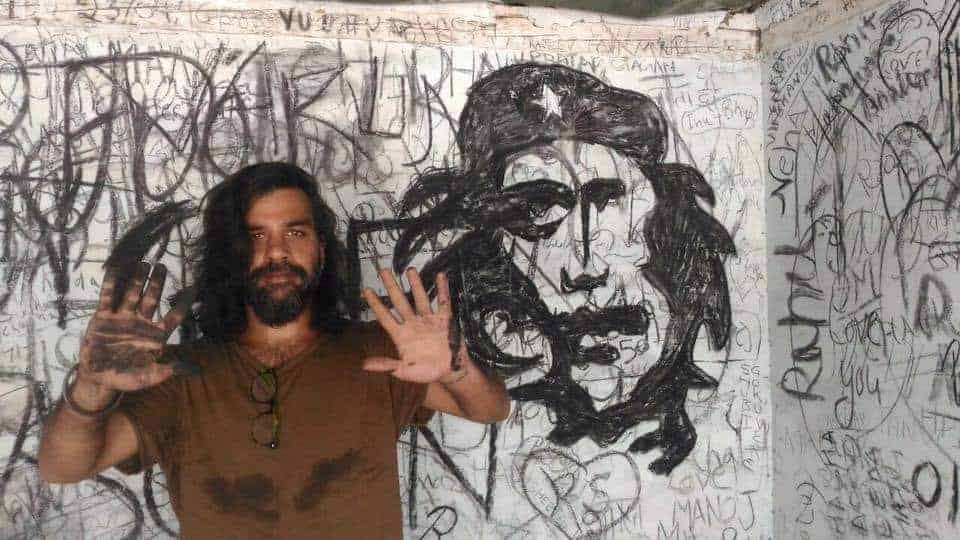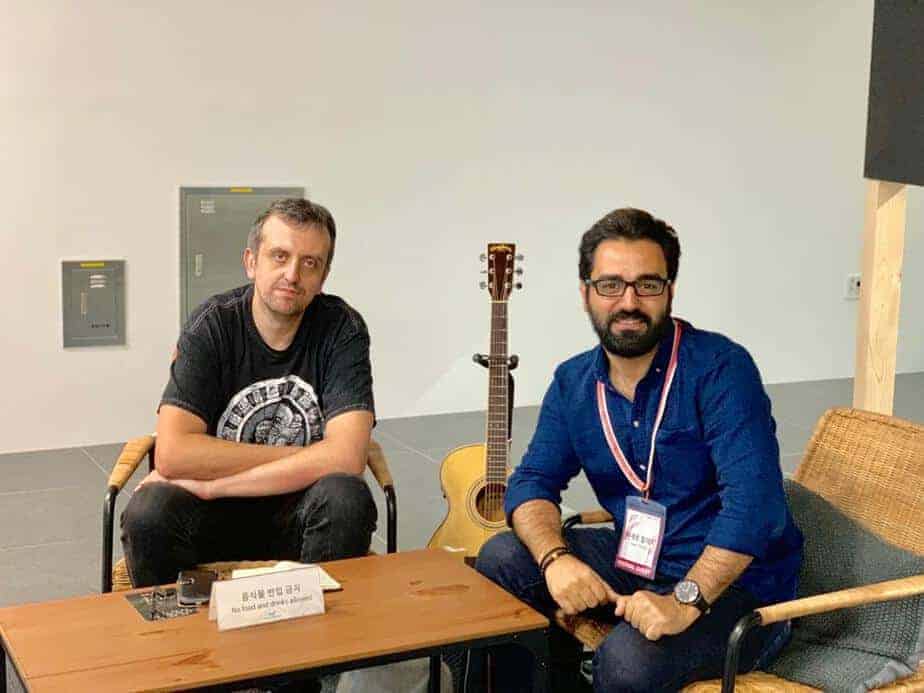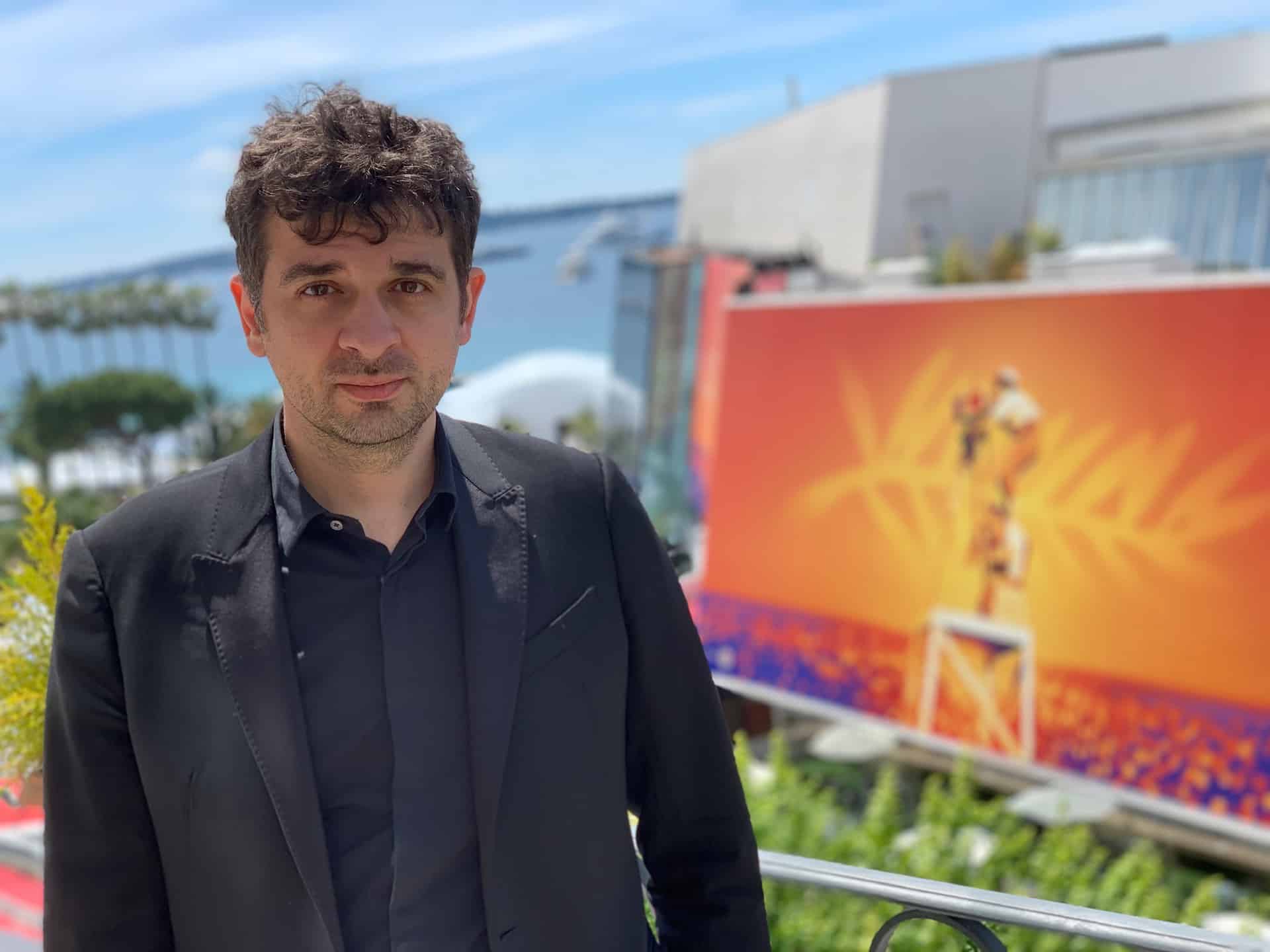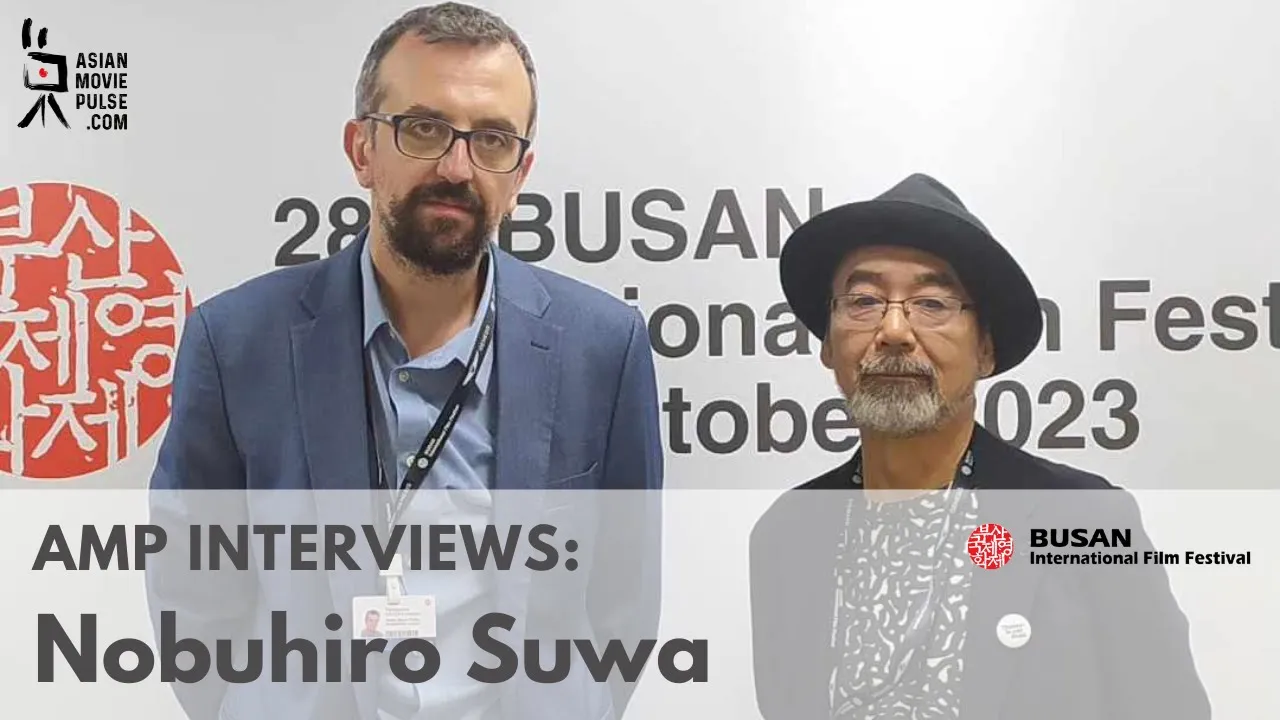Kabir Singh Chowdhry is a multi-disciplinary artist and film director. In 2007, he won the ‘Passion for Cinema' award for his one-minute film, Dolly. His 42-minute film Good Morning received the grand Jury Award for Best Narrative short at the South Asian International Film Festival 2011, in New York. He was awarded the HT Youth Icon Award for young achievers in North India. In December 2012 he participated in India's first collaborative feature film The Lavst Act.

On the occasion of his film, “Mehsampur” running as part of the 9th edition of the Bagri Foundation London Indian Film Festival, we speak with him about the nature of the film, its aesthetics, the cast, the cinematographers, and many other topics
The first question has to be this. How would you describe Mehsampur to someone who has not watched it yet?
“Meshampur” is a film that would be difficult for me to define or position. It is a documentary, or a fictionalized version of a reality that already existed but was filtered through my imagination in the process of its filming. It could be seen as a film within a film within a film. Many approaches have been used: from the experimental to the documentary to the using of archival material, along with the mixing of real characters with fictional characters
In an attempt to rekindle a traumatic memory, a filmmaker pushes a fading musician and a disturbed actress to the edge- this is the simplest way I can describe the film
I would refrain from using words like hybrid to describe the film and would rather use the term cinematic non-fiction
Where did the idea for such a film came from and why was the assassination of Amar Singh Chamkila and Amarjot Kaur the base? Was your purpose from the beginning to shoot such an unusual film?
The journey of the film started while I was researching about Chamkila and Amarjot, legendary singers from Punjab who were either assassinated by Militants during the insurgency in the 80's in Punjab, or by rival singers, jealous of their escalating popularity. Both theories are contested and are to date mired in uncertainty.
The research was for a film titled ‘Lal Pari or ‘Red Angel', and during my travels in Punjab, I met many families who knew the singer duo and were familiar with the militancy during that period. They shared with me their ‘reading ‘of the situation and the fear and uncertainty that existed .
During that process, I recorded a series of interviews and also visited many akhadas ( performances spaces) where the couple performed. Going to the homes of families who had been savaged by the atrocities of the police or knew the singer couple, I recognized how we, as artists, crassly barge into people's homes, make them relive their dark memories, encourage them to reconstruct brutal moments, to get the material required for the film. This made me ponder over the role of an artist and his intrusiveness in search of information.
I wanted to capture these aspects of violation in “Meshampur”, stripping away romantic notions of what it means to be a film maker. My starting premise was; a basic idea of a story with some emotional beats, an imagined atmosphere, and a couple of images. I wanted to cast real people whom I had met during the research for' Lal Pari' ‘Red Angel'. I wanted them to play themselves as I had perceived or interpreted them with my writer.

Can you elaborate about which parts are documentary and which fiction? For example, what about the meeting with the old singer in her house? And the interaction with the manager and Lal Chand?
It became for me a philosophical question as the lines between the real and the fictional overlapped and blurred and what emerged was an alternative reality, part fictional and part real.
Every character in the film is playing a fictionalized version of themselves, and seems to shift between the real and the imagined. The characters of the old singer and the manager are ‘real' but are invited to ‘perform', adding bit and pieces to heighten the dramatic impact.
Most of the characters in the film, the ‘real' and ‘the created were non professionals. The film's protagonist is a film director filming his research with his handycam-filming his own film within our film – there was another layer of someone filming us filming the film, which we eventually scrapped- because even though the possibilities in this process may have been endless, it may have complicated the narrative further. While making the film, I started reflecting on my own actions as a film director in a way that I had not introspected before. To evaluate the moral muscle of ‘what it means to be a film maker' imagining lives, far removed from ours, entering into terrain that we do not belong to, of appropriation, became ethical questions that I had to confront and question. This film digs deep into the complexity of the human condition and the nature and value of compassion.
Can you give us some more details about the casting process? How did you guided the actors and how the non actors for the film? How did Devrath Joshi and Navjot Randhawa react to the sex scene, which seems quite graphic?
Everyone in the film is a non actor, they are playing version of themselves –except the singer at the Bar, who plays multiple roles.
I did this because my film was inspired by these real people I met during my own research and somehow it seemed appropriate to cast them to play fictionalised version of themselves.
In order to guide them, I had to give them an essence of the scene and then wait for those beats to emerge. With non actors you are working with someone who is not performing and that allows me and the entire crew not to perform either – we just assimilate.
I can't really isolate the sex scene from the rest of the film, because my method for filming followed the same pattern and was not particularly different or special during that one scene.

Can you give us some details about the live performances featuring in the film?
Jagjeet Sandhu, the singer at the bar is perhaps the only trained actor in the film. As an actor from the regional cinema and theatre, he was not comfortable with the English language. But in Punjabi his singing with a Punjabi accent would be considered very acceptable locally.
What is the general situation in the Punjab now? How did the locals react to your movie? In general, how was the shooting of the film like? Any memorable episodes, good or bad?
The situation at the moment is very volatile and the space for dissent and debate is shrinking all over the country. Punjab has had a brutalised history, which I have referenced, indirectly. The film has not been showcased in Punjab, so it's difficult to answer this question.
Can you elaborate on your cooperation with the cinematographers?
During my research for my film Lal Pari (Red Angel), I was mainly using sound recording devices as my method of data collection. The recorder became latent and hidden but always present. This was not a thought-through strategy, but a device to capture sounds that could later be used or erased. This I thought of as a more immersive, free flowing method of data collection and my subjects could speak freely as the sound recording devices was present but not intrusive.
The camera work in Mehsampur was used more to serve an idea rather than for any aesthetic beauty.

When it came to my cooperation with the cinematographers i.e Rahat Mahajan, Devrath the character in the film, and myself – there are certain ideas I wanted to project – I wanted to make the camera a prosthetic limb that they had, and let the ideas of the film and its subject dictate everything. The camera was a character and the cinematographers had to be performers. Rather than construct a mise en scene or freeze a moment, it was the performer (the cinematographer) moving his prosthetic limb (the camera) as they reacted to the real situations with real people. Being part of this process , I wanted all of us to do this very dispassionately, as we dug deeper in an attempt to reach the core of the unconscious, with the camera as the interpreter.
Are there any new projects you are working on?
Yes I am prepping for the original film I set out to make – “Lal Pari” (Red Angel) and there is this other body horror of a serial killer in Jail titled “Sector Skeleton”.















